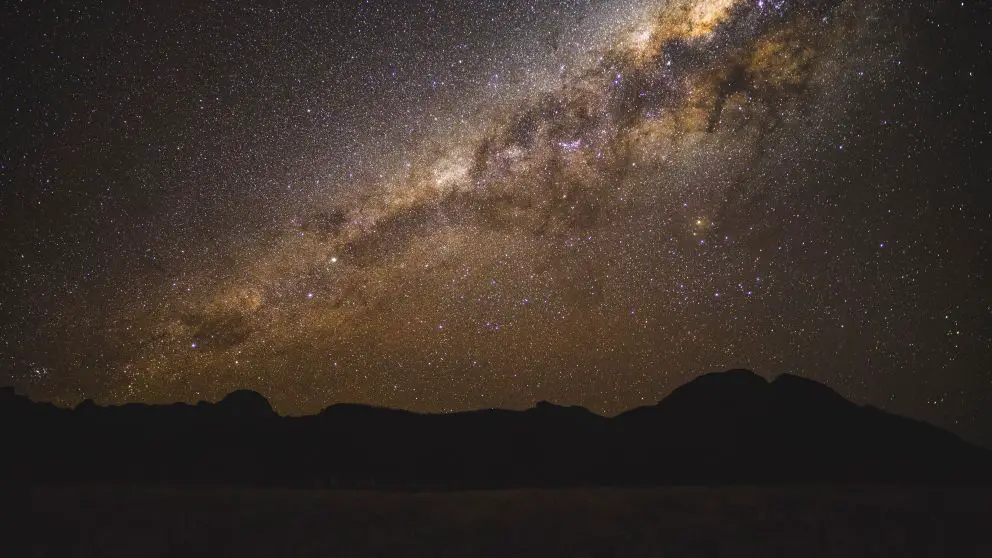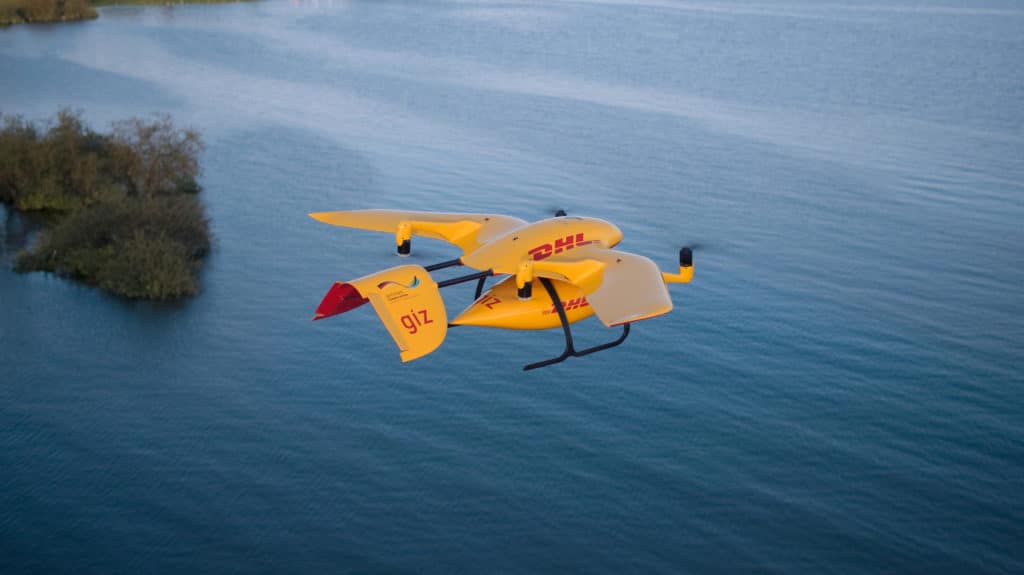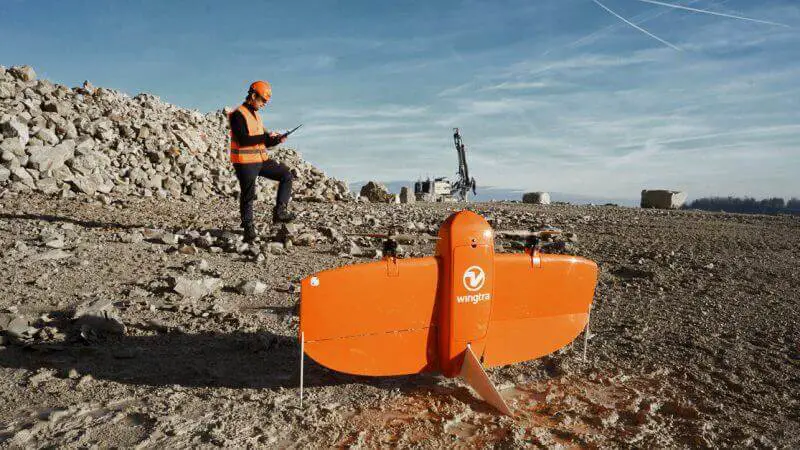It can be difficult to figure out if it’s legal to fly a drone at night in your area. This is because every aviation authority has their own specific rules for flying drones at night and sometimes even a different set of rules that apply to hobbyists flying recreationally, and another set of rules for commercial drone pilots.
There is no answer that’s applicable across the board, but in this article I’ll break down 4 of the largest Aviation bodies that I’ve had to comply with in my career as a professional UAV operator.
The rules and regulations constantly change, and have in fact changed a number of times since I first started working with drones. In the next few years, the rules on flying drones at night will undoubtedly change again no matter where you live.
As the technology progresses, regulators are forced to revisit and restructure the rules to keep up with the times.
Can Drones Fly At Night?
In the US, a hobbyist can indeed fly a drone at night but a Part 107 operator will need to apply for a waiver. In Australia, whether recreational or professional, you will need an RPA Operator’s Certificate to fly at night. In Europe & the UK, all drones in the Open category can be flown at night.
Reference Table
| Region | Authority | Hobbyist | Commercial | Notes |
| United States | FAA | ✔ | ✔ | Part 107 Operators must apply for certificate of waiver to fly at night |
| Australia | CASA | ✖ | ✔ | Operator must have night flying procedures in ReOC – Operations Manuals |
| Europe | EASA | ✔ | ✔ | *Only when flying in the ‘Open’ category* |
| United Kingdom | CAA | ✔ | ✔ | *Only when flying in the ‘Open’ category* |
Now that you have a quick and easy way to reference the rules in your region, we’ll look deeper at some things that you need to know, and point you in the right direction to remain compliant into the future.
Flying Drones at Night – America
Federal Aviation Administration (FAA)
Recreational
If you’re a drone hobbyist in America, so long as your drone has the appropriate lighting you’re able to fly your drone at night.
The lighting is simply a means to maintain visual line of sight of your drone in order to orient and maneuver safely in the National Airspace.
You will still need to follow the general guidelines to fly safely and remain compliant. Visit the FAA page for recreational flyers to stay up to date with the rules, or simply click this link here.
Commercial
Commercial drone operations in the US must be Part 107 compliant. The FAA requires that operations be conducted in daylight hours only or during civil twilight.
This refers to a period 30 minutes prior to the official local sunrise time, or 30 minutes after the official local sunset time.
In order to fly a drone outside of these hours, during night hours, operators must apply for a waiver. To do this, you must demonstrate that the intended operation can be conducted safely under the terms of the certificate of waiver.
To apply for a waiver, visit the FAA site for Part 107 Waivers or click here.
With the recent changes being implemented after the Remote ID NPRM, this rule is set to see some significant changes. Keep an eye on the Certified Remote Pilots FAA page for updates.
Note: whether flying during civil twilight or night (after approval), all drones must be equipped with the appropriate lighting.
Flying Drones at Night – Australia
Civil Aviation Safety Authority
Recreational
There is no recreational-specific case for flying a drone at night in Australia. In order to fly recreationally during night hours, you will be required to have the same certifications as a commercial operator. See the following commercial section for more info.
Commercial
In order to receive approval for night flying, the operator must first have a Remote Pilot License (RePL) or work under their own, or another person/business’ Remotely Piloted Aircraft Operator’s Certificate (ReOC).
But more specifically, they must have a section detailing their operations and safety standards within the Operations Manual of their ReOC. This will have to be submitted and approved prior to flying at night.
To read more about the process, visit the CASA page for flying at night or click here.
Note: Hours of night can be classified as the period between last light and first light. The best resource for these times is the AirServices Australia NAIPS tool here. You will need to create an account, but it’s completely free.
Flying Drones at Night – Europe (EU)
European Aviation Safety Agency
Recreational
In recent years, EASA has adopted a new means of categorizing drone operations which does not necessarily separate operators into recreational and commercial. Instead, all drone operations (drone flights) will fall into 1 of 3 categories. Open, Specific and Certified.
If you are a recreational pilot in the EU and you are using a drone you’ve purchased from your local electronics store, you will most likely fall into the Open category when flying safely away from people.
Moving forward, the appropriate lighting has been classified as ‘at least one green flashing light’.
Commercial
For commercial operations in the Open category, the same rules as above apply. Your drone must have one green flashing light as a minimum.
However, as commercial operators have a range of custom and purpose built drones, your biggest concern is to ensure that your operations are classified appropriately. It may be the case that you are not flying in the Open category, but rather the Specific category depending on the nature of your operations.
Flying in the Specific category can allow for more complex operations and a wider range of flights, including flying at night. However this will require a robust risk assessment to ensure a high safety standard is met.
See the table at the end of this article to understand the Open Category further.
Note: Not all European countries fall under the jurisdiction of EASA. Also, local governing bodies may have their own unique rules that may supersede the EASA guidelines. Check with your local authority to be sure.
Flying Drones at Night – UK
Civil Aviation Authority
Recreational
The UK follows the same means of categorization as the previous EASA guidelines. The reason we have kept them separate in this article is to avoid confusion. The EU has EASA and the UK specifically has the CAA.
Although they do not have the same governing bodies, they have worked in collaboration to achieve the guidelines that exist today.
Also considering the brexit process that is occurring, I think it’s best to keep them separate as they may eventually move in separate directions.
However, to reiterate on the guidelines, as long as your operations are conducted in the Open category, you will be able to fly your drone at night as long as it is equipped with at least one green flashing light.
Commercial
As is the case in the EU, please ensure that your operations accurately fall within the Open category. If they exceed the guidelines and fall into the Specific or Certified categories, you will need to conduct extensive risk assessments and submit these to the CAA for approval.
See the table at the end of this article to understand the Open Category further.
What is the ‘Open’ Category for drones? UK & EU
The Open category is a classification for the type of drone operation or flight conducted via drone. All drone flights, no matter the situation are categorized into either Open, Specific or Certified categories.
The Open category is further divided into three subcategories:
- A1: Flying ‘over’ people
- A2: Flying ‘close’ to people (at least 50m away from people – laterally)
- A3: Flying ‘far from’ people
Drones will soon be classified by their mass and size, a system which is set to be implemented and in effect by 2023. Until then, if your drone doesn’t already have a class marking (i.e C0,C1,C2,C3,C4), then the weight of your drone will determine how you can fly it.
Using the table below, you can match the weight of your drone, to the proximity of your intended flight around people.
| A1 | A2 | A3 | |
| Drones under 250 grams | ✔ | ✔ | ✔ |
| Drones under 2 kilograms | ✖ | ✔ | ✔ |
| Drones above 2 kilograms | ✖ | ✖ | ✔ |
If you end up on a tick, congratulations your operation is in the Open category and you can fly at night.
However, if you end up with a cross, then you are not flying in the Open category and will need to conduct a Specific Operations Risk Assessment (SORA) in order to conduct this operation.
I hope this helped you understand which drones can and cannot fly at night and give a bit of context as to what you need to do and why.
As always, please check the websites of your governing body for more information.
If you’re interested in other curious questions about drones, check out my other article, How Much Weight Can A Small Drone Actually Lift?




